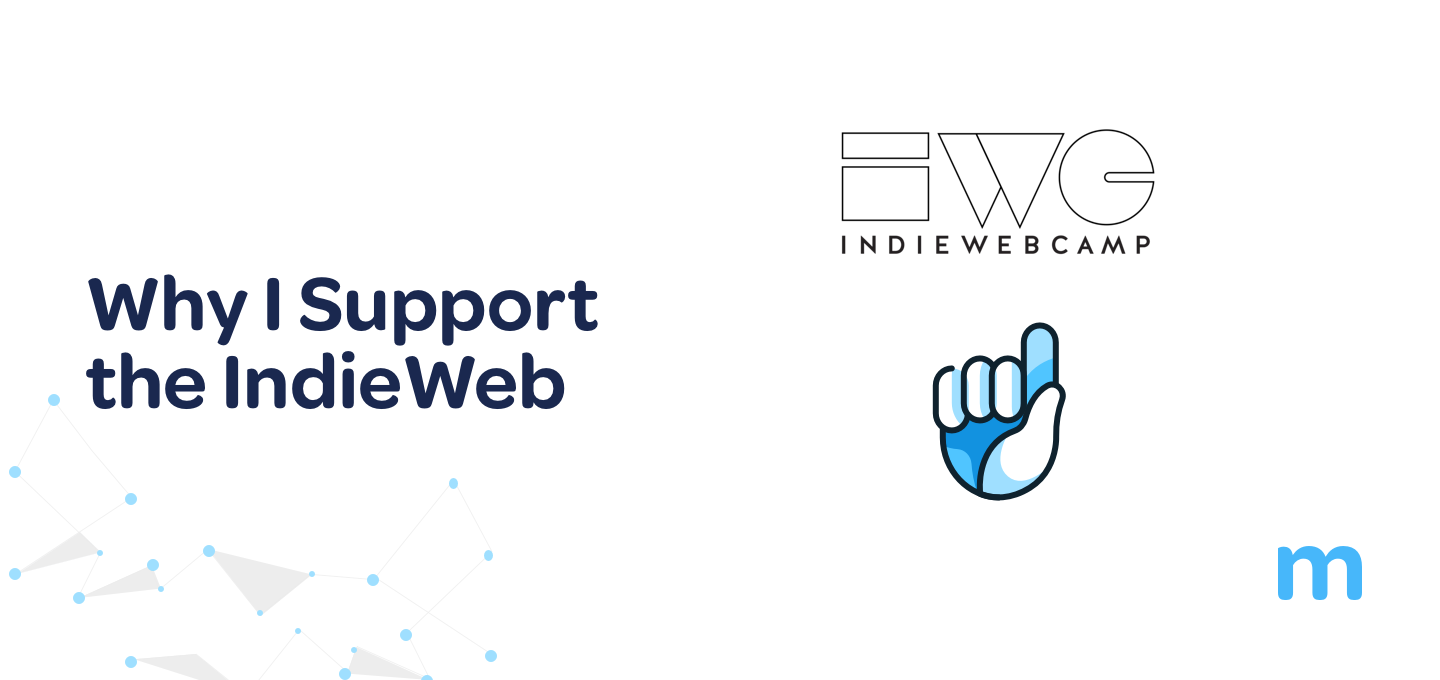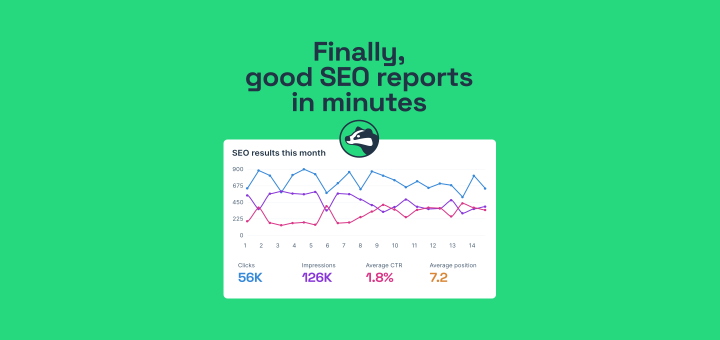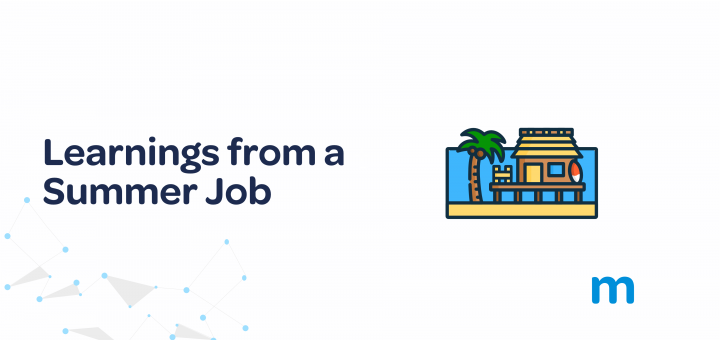The Internet has changed, a lot. There are millions of people that did not get to experience a previous, rudimentary Internet that was partly fueled by some people’s passion to create meaningful projects. Some of those projects never came to life but others became shiny objects to investors and were subject to tricky market dynamics.
I had the opportunity to witness an early Internet so I was not natively exposed to the psychological threats that newly born platforms like Facebook or Instagram have built in. It’s amazing to me that in a matter of few years, apps like Instagram evolved from an indie type of platform for wannabe photographers into a vanity tool and status broadcasting.
Our internet today offers a variety of digital services and social networks that are not showing a clean and honest face to their users. Platforms that are examples of hate speech, privacy violations and lies.
Most of these platforms don’t charge (directly) for their services. You don’t pay a dime to use Facebook or Instagram. But you know you’ll become their “product” soon, as your own behaviour and content will fuel campaigns based on your data.
Early on, you were using the platforms to update and share your content. But as time passed, your content was no longer yours, and you did not even have the capability of showing it to your followers in the way that you wanted. Your content is not yours, you are part of a silo!
Convenience was a driver for early platforms like Flickr to create easier to use digital services. Today, it is way easier for a SMB owner to update a post on Facebook than it is to change anything on their website. It soon became clear that a frictionless approach was needed for adoption, and this is what new social platforms offer.
Always Control Your Brand
During the last 10 years running our SMB marketing agency, I’ve been asked about social networks and what strategy to follow. And my advice has always been the same: You have to be where your customers are, social proof is a strong tool, but don’t ever give up control of your brand.
When we browsed the internet through a modem, you had to leverage technical skills that lead to dominating complicated stuff like DNS, domains, ftps, etc. So owning your space at that time involved a complex skill set, even if you weren’t a computer geek (as is my case 😉 ).
Today, as we are facing the unethical evolution of these platforms, there is a fresh movement called the IndieWeb that understands you’re done with others owning your content, your identity, and yourself.
So, I wanted to explore the movement myself:
- I had my own domain name wences.com since the year 2000.
- I decided to regain control of my content and data deleting my Facebook account
- I subscribed to the micro.blog service for a central point of control and even as an improved way to communicate (similar to Twitter, but better)
- I configured cross-posting capabilities
- I will be migrating and backing up all my content on Instagram
- I will move my Pocket content to Indiepaper
It’s still too early to reach any conclusions, but I’m feeling better now that I control my own content and that I’ve found a place where to post my content freely and without fear.
But will be the Indieweb movement be the solution to save us all? The struggles I had at the beginning setting up my Indieweb on a WordPress website have prevented me from thinking that way.
It’s clear that the Indieweb needs to be more convenient, otherwise non-early adopters will not even get close to this movement.
If you want to explore the IndieWeb yourself, these are my recommendations:
- Why Indieweb
- Dan Gillmor explains why this movement is so important
- Jeffrey Zeldman sums up how we got to this place
- Follow Jonathan Lacour, a Hosting Industry veteran











Comments are closed.